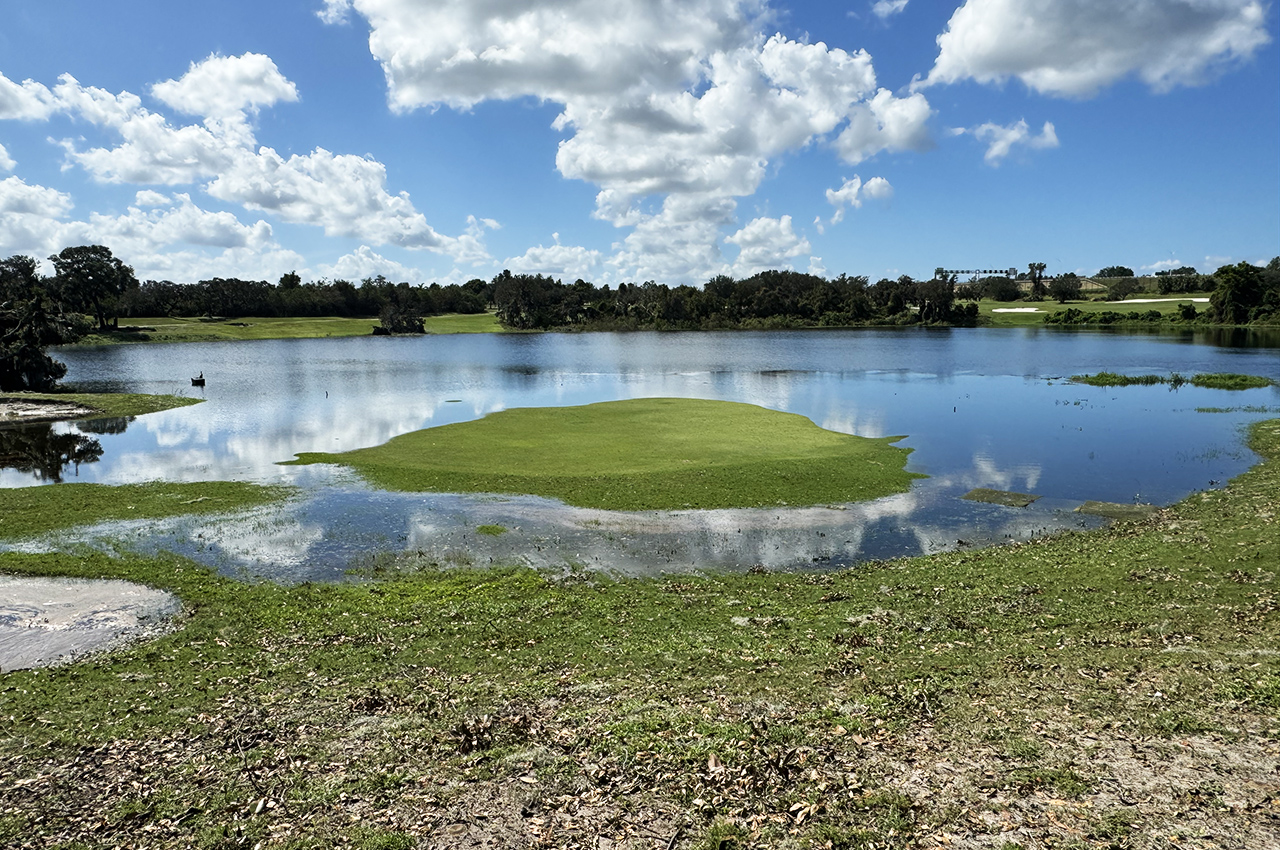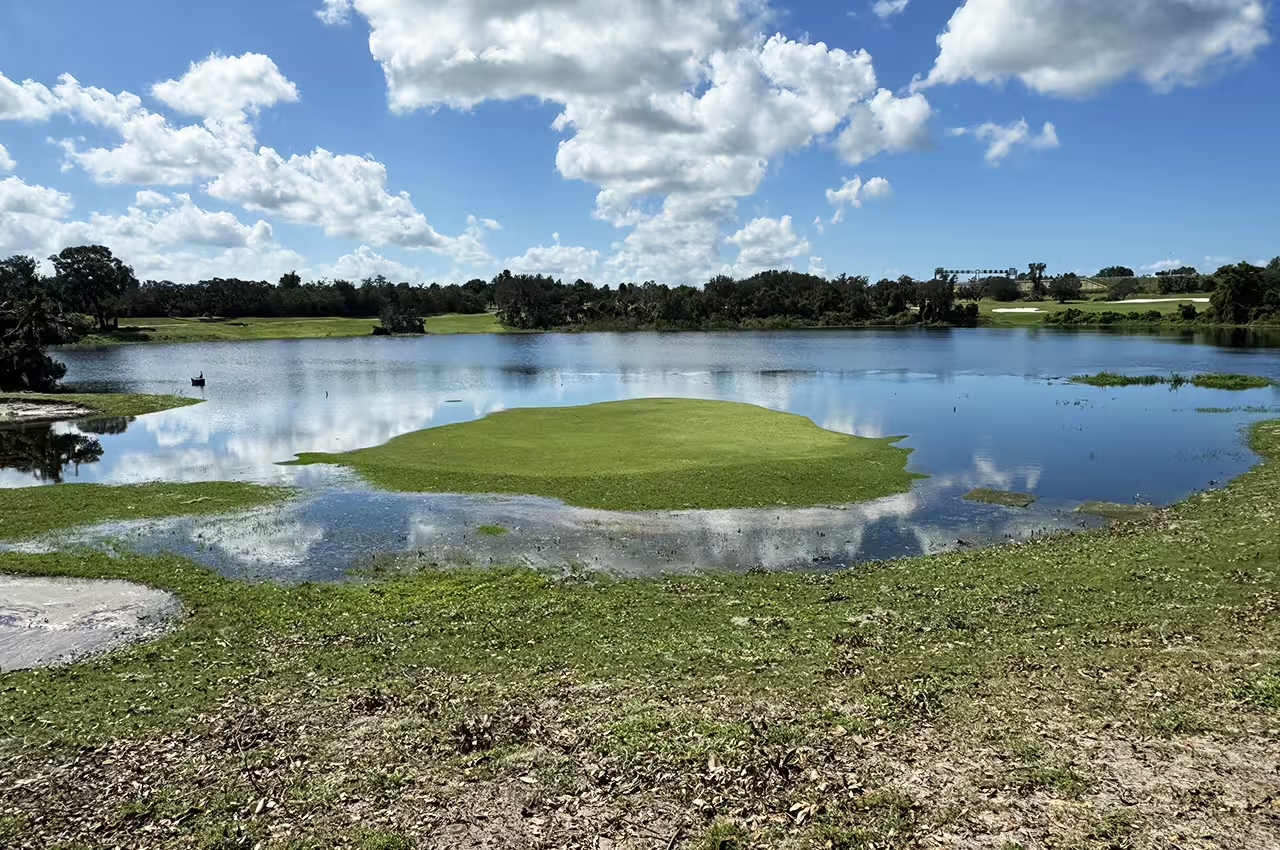Hurricane Milton had different impacts on various golf courses along its path across the Florida Peninsula last Wednesday and Thursday, and some courses have reopened fully while others are waiting for water to drain before welcoming players.
Many people are still suffering mightily after the storm, with more than 400,000 Florida residents still without power. Food and water are in short supply in the worst-hit areas, lines are out of hand at some gas stations and federal agencies are trying to help as thousands of electric crews race to turn back on the lights, refrigerators and air conditioners.
It can seem like a weird time to think about a game, but golf is big business in Florida, and many people’s livelihoods depend on golf as the state begins its recovery. The National Golf Foundation reports there are more than 1,200 courses in Florida that serve nearly 1.6 million players, with an economic impact of $8.2 billion in 2022. More than 132,000 people work in Florida’s golf industry.
The biggest problem for most golf courses wasn’t Milton’s winds so much as its water. Some places in Florida received nearly two feet of rainfall overnight, and several courses are still under water in places. It can take weeks for that much water to recede from a low-lying course. It was especially damaging as Milton struck just two weeks in the wake of Hurricane Helene, which inundated Florida’s western coast with storm surge and dumped huge volumes of rain across the peninsula before hammering into Georgia, South Carolina, North Carolina and Tennessee.

Flooding waters from Hurricane Milton surround the par-3 16th green at Forest Lake in Ocoee, Florida, near Orlando. (Jason Lusk/Golfweek)
As an example of water damage, this author received a close-up look at storm water Sunday on a round at the daily-fee Forest Lake Golf Club in Ocoee near Orlando. The course had standing water on many holes, deep enough to resemble ponds more than puddling. Course operators had cobbled together a new layout, playing one par 4 and one par 5 as par 3s to avoid saturated areas in fairways while they clean up after the storm and await water to recede. One par 3 across a pond was closed entirely as water had risen to surround the green like a moat and covered two-thirds of the putting surface. Players should expect to find such conditions at many courses across Florida as grounds crews work to restore normal playing conditions.
Hundreds of courses stretch along the path of…
..
Click Here to Read the Full Original Article at Golfweek…
